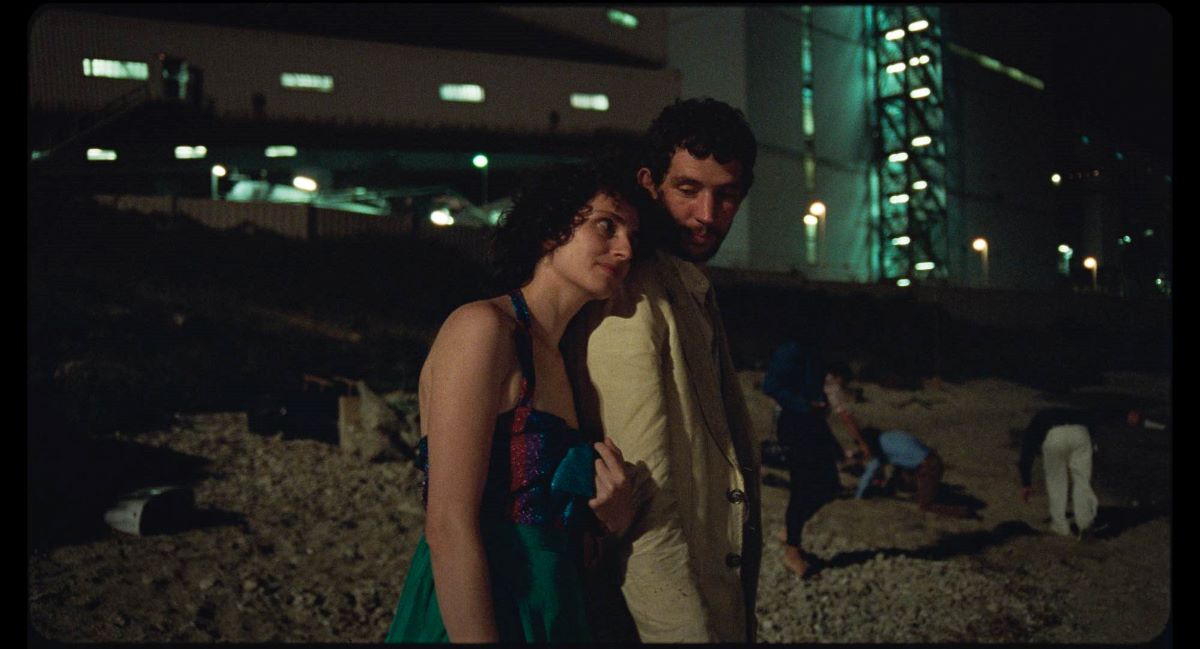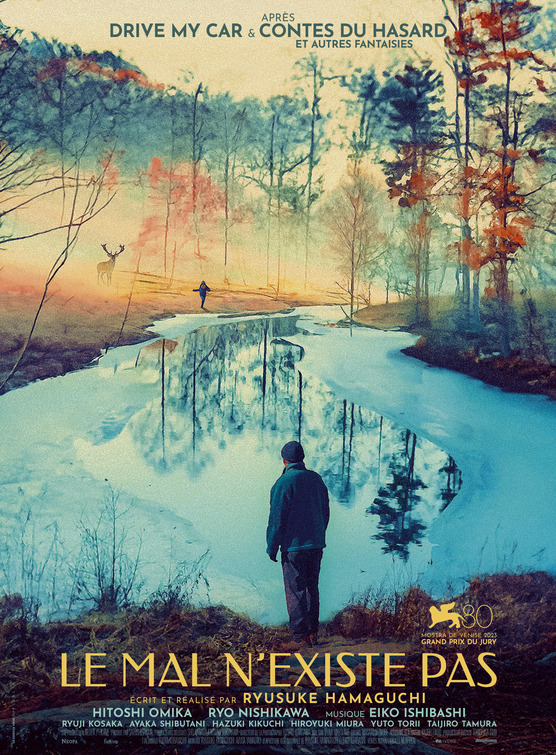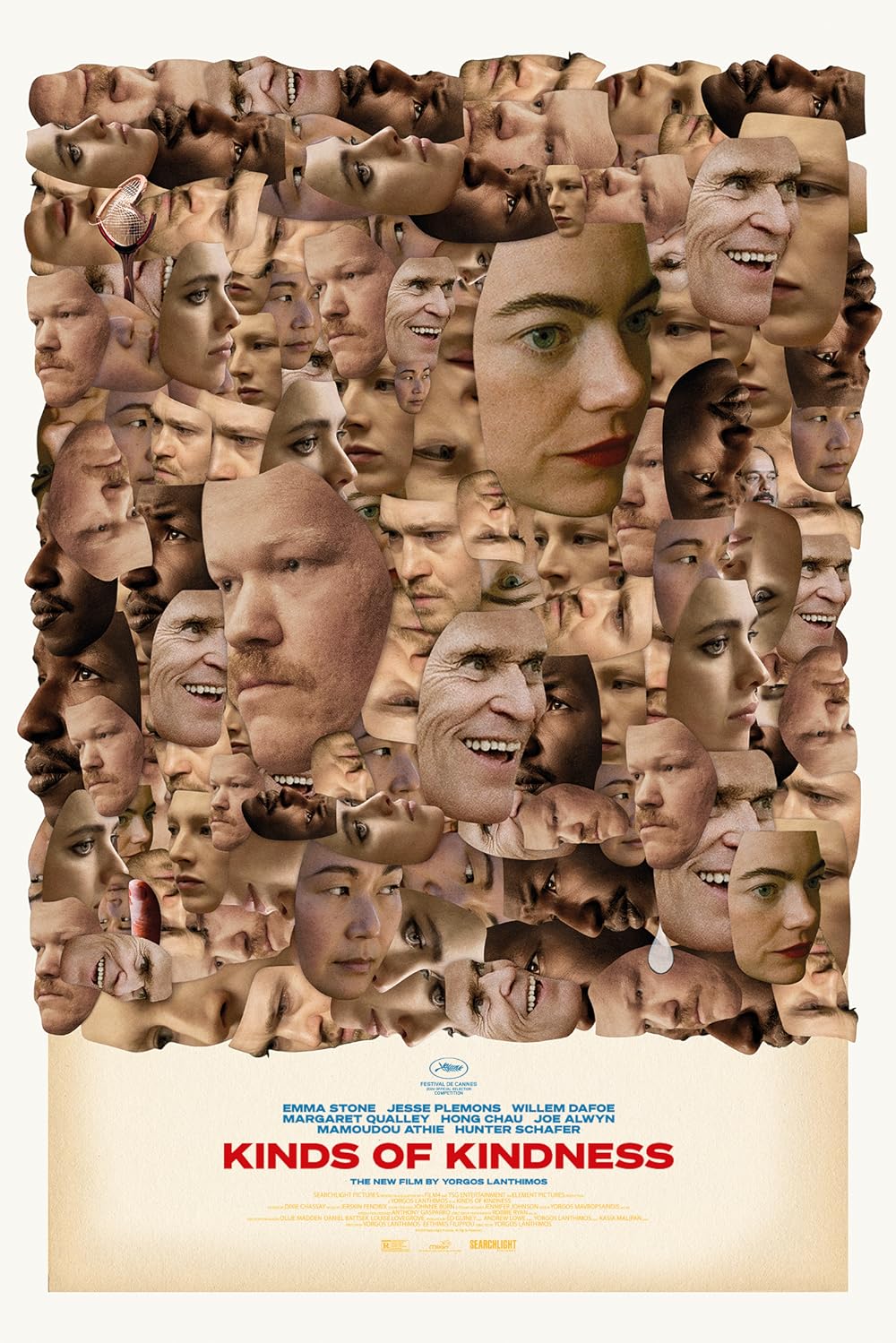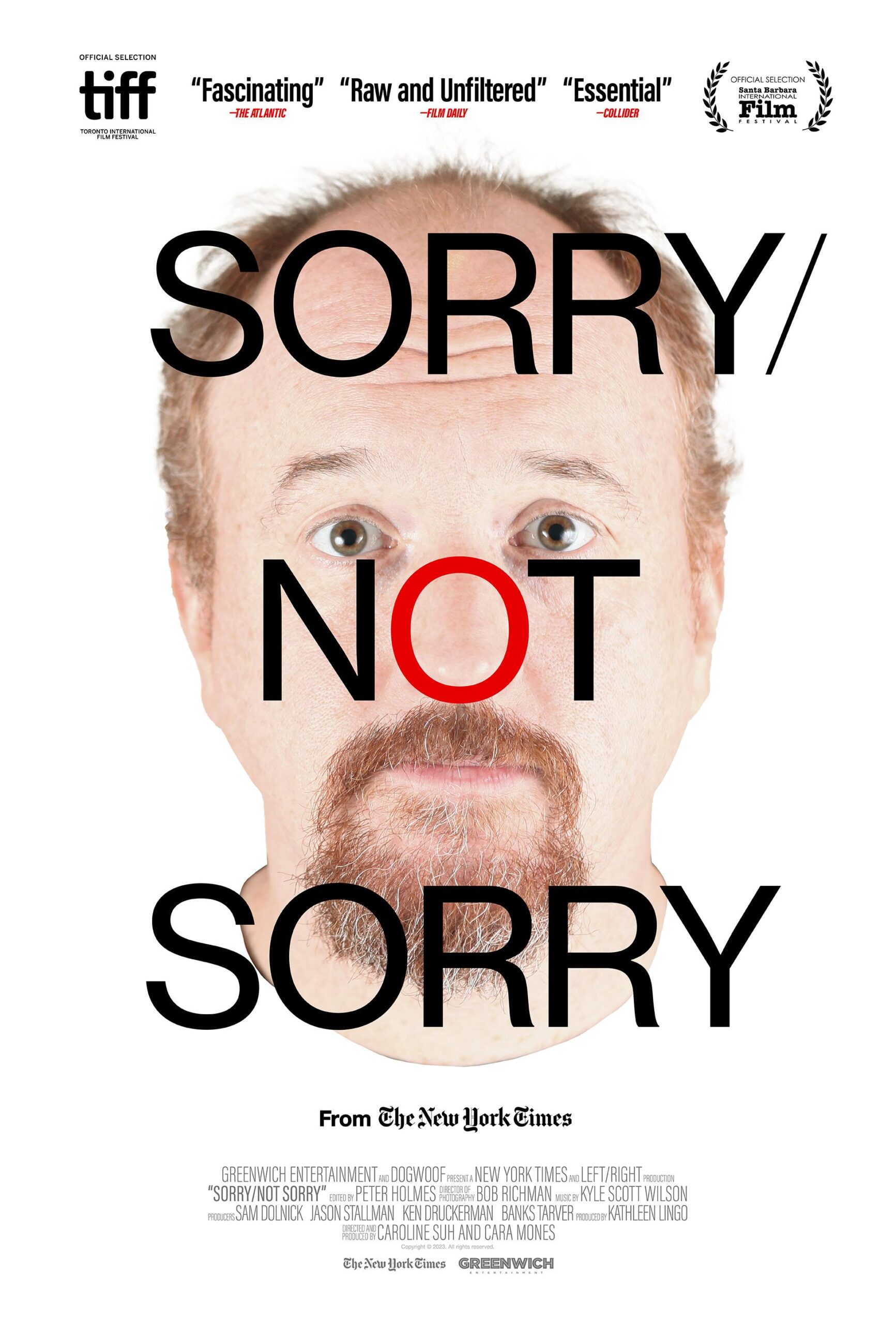Set in 1980s Tuscany, the ethereal romantic drama “La chimera” from writer-director Alice Rohrwacher follows the plights of Arthur (Josh O'Connor), a heartbroken British archaeologist who uses a divining rod to locate Etruscan artifacts, which he, along with a band of local tombaroli, or tomb robbers, sell on the black market. Arthur lives an iterate life in a shack near the elegant, yet fading, home of a grand lady named Flora (Isabella Rossellini). Both Arthur and Flora are mourning the loss of Flora’s daughter Beniamina (Yile Vianello), whose presence haunts them and keeps them both firmly rooted in the past. However, Italia (Carol Duarte), a music student and single mother, offers both a chance to continue living their lives in the present, if only they would grasp it.
Rohrwacher is no stranger to this region of Italy. Born to a German father and Italian mother, she grew up in her mother’s village, Castel Giorgio in Umbria, where her father worked as a beekeeper. Rohrwacher studied classics at the University of Turin before attending the Holden School in Turin, where she studied screenwriting. Although Rohrwacher’s films are in conversation with Italian cinematic tradition, from Rossellini’s realism and use of non-actors to Fellini’s love of spectacle and magic to Wertmüller’s humor and political edge, she has crafted her own unique cinematic language as she explores of the alluring mysteries of the natural world and mystical aspects of time.
Partnering with cinematographer Hélène Louvart on all four of her features, the duo have crafted misty, magical worlds not quite of this time. Her first film “Heavenly Body/Corpo Celeste” followed a young girl as she comes of age in the Catholic Church, finding herself both in awe and in opposition to it. In “The Wonders/Le meraviglie,” a country farm known for their honey competes to be featured as a competition called Countryside Wonders. In “Happy as Lazzaro/Lazzaro felice” a young man living on an isolated tobacco farm run in a feudal style by an unscrupulous Marchioness is magically transported to modern times and must adjust accordingly. “La chimera” Arthur also finds himself caught between two worlds and slightly unstuck in time.
For this month’s Female Filmmakers in Focus column RogerEbert.com spoke to Rohrwacher over Zoom, and via a translator, about the nature of time, communal living, the invisible world, capitalism as a barking dog, and the women whose films inspire her.

One thing that I think is really fascinating about your films is the way they examine time. You’ve spoken in the past about how there’s like circular time and linear time, and in rewatching this one the ending really hit on that idea. I’d love to hear your thoughts about how modern life uses linear time when really humanity is on a path of circular time. If that makes sense.
This movie is actually made of many different threads. It’s almost like a fabric. Therefore, there’s many different threads that are all interconnected. I can follow some threads, for example Arthur’s life or Flora’s life or the sisters’ lives, there are very many lines. But, if we take a step back, all of these separate lines make up a single design. So I don’t know if I can say that it’s a circle, but it’s definitely a pattern. So it is much more similar to weaving a fabric than it can be likened to a basket or to a vase. When there’s a distance, that allows us to see the fabric as a whole, and maybe that is what you would call circular time. It’s the idea that when you take a step back, you’re able to see it as a whole, in its entirety, the way the earth can be seen from the moon. If you take a step back, you can identify the pattern or the design behind a story.
That makes me think about how you’ve spoken about your love of collective stories and communal life. You made “Four Roads” during quarantine, which is around the same time you were writing, and there is a loss of community in that, and in this film community is a big part of Arthur’s struggles. Why do you think you are so drawn to stories of community?
There’s an internal answer to this question, but there’s also an external answer.
Naturally, Arthur is alone in the world and he’s alone because he lost the only person that connected him to the world. Eurydice connects Orpheus to the world, and Arthur is connected to Beniamina via a thread. But now he is connected to the beyond. He’s not connected to the present day world. When he jumps on that truck that was following him, the truck where the tombaroli, the grave robbers, arrive on dressed up for a carnival, when he decides to jump on that truck, at that moment, we see in his eyes that he is there with them and we understand why he is there. He sees there is something that he is not a part of yet, but that he misses, he sees a community, he sees something that he desires to be a part of. It is not Beniamina, but it is something. Also, In this movie there’s a whole other community on top of that first one, and that is Italia’s community. Her’s is a community that’s a lot more constructive, as opposed to disruptive. It’s a community that succeeds in transforming an abandoned station into a home where a new life can be started. That’s the internal answer.
But there’s also an external one for this movie, and it’s about how we can break this excess of individualism in our society by making a movie. This is a huge deal for me, because movies in and of themselves amplify individualism because normally, one watches a movie, and one identifies with the hero, and therefore, they feel like they’re an individual. And I thought that we could overcome this hurdle by breaking the identification mechanism, with the protagonist, by stating right at the outset that this movie is a communal story. And it’s a story about something that we’re all involved with. It’s a movie that is about our collective values. That’s why I invited a storyteller, a troubadour that was brought in to speak out and to tell us the story, what the moral of the story is, and therefore, this transforms the movie into a collective ritual that goes beyond the story of one hero.

I wanted to ask you about capitalism’s role in the film. Obviously, they’re removing these antiquities, not just to have that connection with history, but they are then selling them on the black market. You have that great scene on the boat with your sister Alba. I’d love to hear your thoughts on how capitalism comes in and changes how we interact with our own history, in that it causes us to place monetary values on things instead of internal values.
The movie talks about the arrival of materialism in the deepest sense of this term, because clearly already in the 1980s this economic model, based on consumerism, had already gained ground that was already established. But in my opinion, deep down in the human soul, until the 80s, it wasn’t like that. People would still talk to their washer or they would pray to the oven so that the bread would rise properly. Objects were still full of an invisible mystery, even consumer goods up until the 1980s. Then in the 1980s, all this world disappeared. Then the model that is based on just making money and material things, and money being the only way to empower oneself. This kind of materialism becomes deeply rooted, so that not only people like this are not the bad ones in the society, they are the product of society. They are a product of the society that tells its children there is nothing that’s invisible anymore, everything is visible, and you can buy and sell anything and everything.
So in the movie, I wanted to create an image of what capitalism is for me. And that image is that of a bunch of dogs growling at each other and fighting with each other, where the small dog and the big dog are all the same. There isn’t even that division anymore between the buyer and the seller. They’re all there to shout at each other to growl at each other, all around a bone. Arthur takes away that bone from the world of commerce, from the world of the living, and he throws it in the water.
So definitely, there’s a criticism, just like there is in all of my movies, of this world that is made just of things. And there is a desire to talk about the invisible layer that is in things, and hopefully, there can be more of a focus on that going forward.
You’ve mentioned Agnès Varda’s “Vagabond” as an inspiration in the past, so I was wondering if there are any other filmmakers who are women or films directed by women from the past or present that really inspire you as an artist or as a person who loves film?
There are many women filmmakers who are inspiring, like Agnès Varda, so it’s difficult to single out just one. Having said that, there are also always too few. I wish there were a lot more of them. It is about time because often women have a very different way of storytelling compared to men. I think this is an advantage also for men, who need to know how women see the world. Clearly over the millennia we have developed a different way of telling our stories, a different perspective on things. I believe it would be very important for there to be a lot more women filmmakers. I’m trying to think of one name above all. Of course, I am very tightly connected to Jane Campion, who is not only a great filmmaker, but also a friend to me, just the way Agnès Varda was. If I have to mention one filmmaker who has deeply inspired me, and who truly made me want to be free, it is a movie by Kira Muratova called “Getting to Know the Big, Wide World.” If I had to single out one, it would maybe be that.












